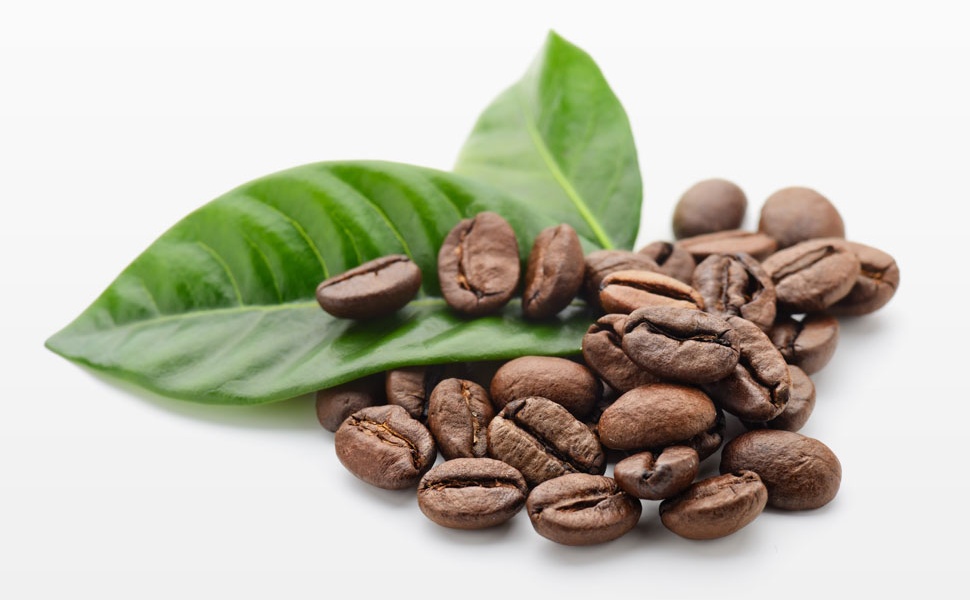Introduction to the taste of the fresh, elegant and full-grained boutique coffee manor in Dominica
After Santo Domingo returned to Spanish rule, the local people gradually formed a consensus on independent statehood. On 30 November 1821, the former Governor of Santo Domingo, under the leadership of General Jos é N ú ñ ez de C á ceres, proclaimed statehood, named Haiti, Spain, and expected to merge under the Greater Colombian State led by President Bolivar of South America. [3]
But nine weeks later, in February 1822, the president of Haiti, Jean-Pierre Bouyer, occupied Spain and Haiti, and once again completed the reunification of the island. After Boyer occupied the eastern Spanish state of Haiti and liberated all the local slaves, Bouyer ordered the confiscation of the land of the white landlords and the complete return of the agricultural land of the whole country. Bouye also closed all universities, included all multinational (Dominican Republic for short) men between the ages of 18 and 25 in the army, and began to adopt a high-handed policy towards many countrymen. Many upper-class whites left the island and fled to Cuba, Puerto Rico and other areas. [3]
Bouye began to plant cash crops on the island, carry out tax reform and open up trade with foreign countries. Although these policies have greatly increased sugar cane and coffee production in Dominica, they are not widely accepted by farmers. Bouye thought that the liberation of many countries was a boon to many people, so he often did not pay any pay to Dominican soldiers in the army, and many soldiers began to rob local residents everywhere. This vicious circle finally led to economic stagnation and heavier and heavier fiscal taxes, causing people of many countries and even liberated slaves to unite against the rule of Bouaye and overthrew the Bouayer regime in 1843.
Turning to the introduction of Dominican coffee, the most distinctive features are fresh and elegant, full of particles, excellent acidity and pleasant flavor (two colleagues agree with this). Such flavor characteristics are not only related to varieties and soil quality, but also closely related to the picking and handling of raw beans. Coffee in Dominica is selected by the manual method with the highest cost, and workers mainly consider the fullness of coffee granules and the uniformity of coffee granules. According to these conditions, the coffee beans with the fullest and most uniform grains can represent the best quality in Dominica. The finest coffee. And only choose the washing treatment method to ensure the high quality and stability of coffee beans. The coffee beans treated with water washing method taste cleaner and exude a touch of pure and soft fragrance, which can make people feel a faint fruity aroma and a winding aftertaste. Smooth and smooth Dominican coffee is also slightly different in taste according to the altitude of the planting region, and the taste of the highland is slightly sour, but the taste is rich. The lowland is less sour and tastes smoother. On the other hand, the high-quality coffee beans produced by some Dominican estates have a rich aroma, mellow taste and moderately bright sour taste. Compared with the famous Puerto Rican or Jamaican coffee beans, the earliest coffee in Dominica was introduced from Martinique (France's overseas province), dating back to the early 18th century. Dominica is an island country with a tropical climate, with little change in temperature throughout the year. Except for the lower temperature in the Central Cordillera Mountains, which can reach less than 0 ℃ in winter, the average annual temperature in other areas is between 25 and 30 ℃, while affected by the mountain topography, the north and east face the northeast trade wind with an annual precipitation of 1500-2500 mm, which belongs to tropical maritime climate. The mountain forest is dense, the leeward southwest annual precipitation is 500-1000 mm, the dry season is long, belongs to the savanna climate.
The temperate climate in Dominica is conducive to coffee cultivation, and the best places to grow coffee are the Barahona region in the southwest and the Cibao Valley north of Santiago, Dominica's second largest city. The northern region, represented by Hibao, and the southern region, including Okayabani Santo Domingo, produce good coffee. Among them, the coffee produced by Santo Domingo and Barney is famous all over the world, which is almost synonymous with domiga coffee.

Important Notice :
前街咖啡 FrontStreet Coffee has moved to new addredd:
FrontStreet Coffee Address: 315,Donghua East Road,GuangZhou
Tel:020 38364473
- Prev

Java Coffee Flavors Java Coffee Features
Java coffee is famous for its early years, referring to Arabica coffee formerly produced in Java. It has a rich aroma, low acidity, smooth taste, and with mocha coffee, the combination of java mocha coffee was once popular, synonymous with top coffee, famous. Java coffee sold to Europe was a very special coffee.
- Next

Indonesian Manning Coffee with mellow smell, moderate acidity and rich sweetness.
Manning: the palate is rich and solid, with a pleasant sour taste. The smell is mellow, the acidity is moderate, the sweetness is rich and very intriguing, it is suitable for deep baking and exudes a strong aroma. The gentleman in coffee-- Sumatra Mantenin is a first-class coffee bean growing in the plateau and mountain area at an altitude of 750-1500 meters. It is of first-class manning quality produced by Takengon and Sidikalang.
Related
- Detailed explanation of Jadeite planting Land in Panamanian Jadeite Manor introduction to the grading system of Jadeite competitive bidding, Red bid, Green bid and Rose Summer
- Story of Coffee planting in Brenka region of Costa Rica Stonehenge Manor anaerobic heavy honey treatment of flavor mouth
- What's on the barrel of Blue Mountain Coffee beans?
- Can American coffee also pull flowers? How to use hot American style to pull out a good-looking pattern?
- Can you make a cold extract with coffee beans? What is the right proportion for cold-extracted coffee formula?
- Indonesian PWN Gold Mandrine Coffee Origin Features Flavor How to Chong? Mandolin coffee is American.
- A brief introduction to the flavor characteristics of Brazilian yellow bourbon coffee beans
- What is the effect of different water quality on the flavor of cold-extracted coffee? What kind of water is best for brewing coffee?
- Why do you think of Rose Summer whenever you mention Panamanian coffee?
- Introduction to the characteristics of authentic blue mountain coffee bean producing areas? What is the CIB Coffee Authority in Jamaica?

